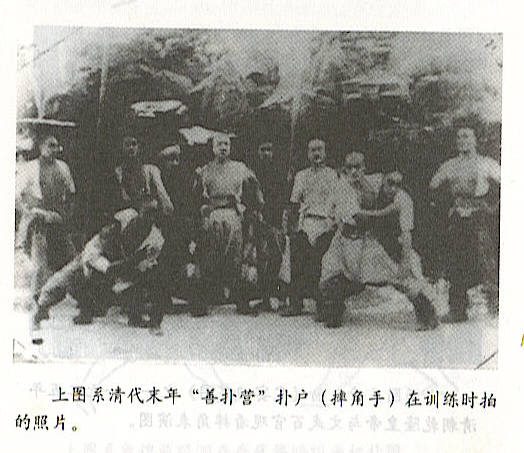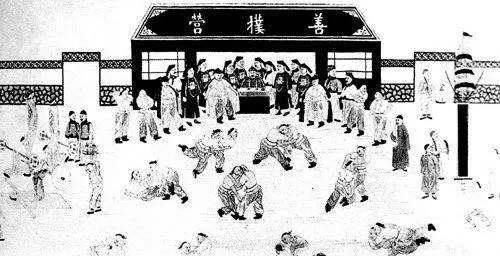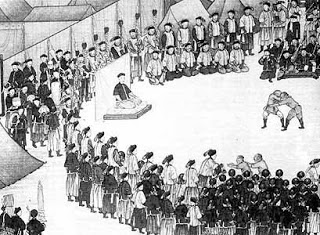dvcochran
Grandmaster
From what I have read, the belt system originated in Japan somewhere between the late 19th and early 20th century.
There is a lot of mythology that non MA practitioners believe about black belts, which, any person who trains for a short period of time knows is not true. As a practicing attorney, I would put it this way. A black belt no more makes a person an expert in MA than a law degree makes a person an expert in the law.
Man, it is refreshing to hear an attorney willing to make that statement. Kudos!



